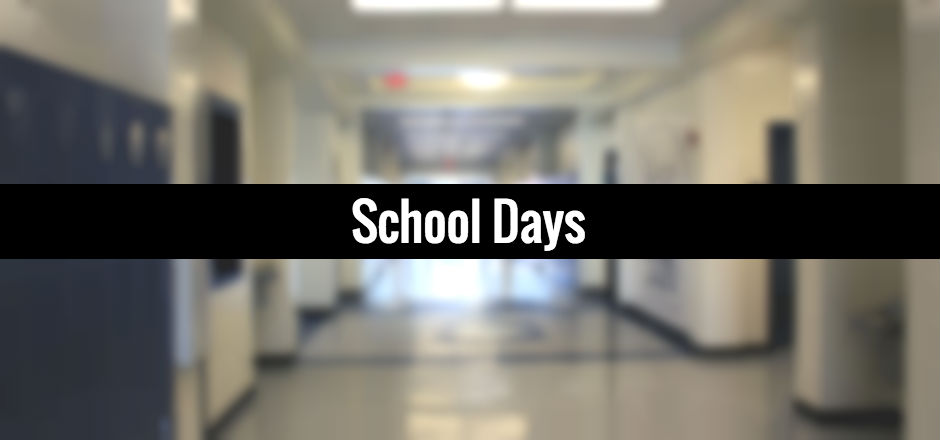When I was a kid, I really wanted to be Spider-Man. I hadn’t read the comics yet, but the Sam Raimi movies inspired me to want to swing around New York on webs while wearing a red-and-blue Spandex suit, because how else would a spider-person dress themselves to fight crime?
I definitely wasn’t unique in this regard – practically every kid I knew was obsessed with the web-slinger after the first movie came out in 2002 – but there was just one little detail about me that not every other kid had to deal with: I’m a girl.
Still, I persisted. I dressed up as Spider-Man for two Halloweens in a row; I cut holes in the sides of the face mask so the arms of my glasses could still hook around my ears. It didn’t matter to me that Spider-Man wasn’t a girl, and I was too young to really dig deep into the question of “Well, why can’t he be?”
In 2014, Marvel Comics introduced us to a character named Cindy Moon – a new spider-person. A new female spider-person. A new female Asian-American spider-person.
My mind exploded, pieced itself back together, and exploded again.
Once I’d started reading comics (years after the Raimi movies came out), the inclusion of spider-women in the Marvel comics universe was no longer a new concept to me: Jessica Drew’s Spider-Woman was already recognizable, and I myself was a big fan of the old Spider-Girl comics with Peter Parker and Mary Jane Watson’s daughter May as the titular heroine. Anya Corazon, a Hispanic super-heroine who originally went by the moniker Araña before taking the mantle as Spider-Girl, was also in my peripheral knowledge of lady spiders.
But as an Asian-American myself, I never dreamed I’d see myself in a comic book as the eponymous heroine, let alone as a member of the Spidey family. 10-year-old Gabby was shrieking with excitement, and after about three years of having Cindy around, 10-year-old Gabby still hasn’t stopped shrieking.
Cindy Moon receives her powers from the same spider that bit Peter Parker. After her abilities start manifesting and she realizes that she’s unable to control them, a man named Ezekiel appears, offering to help her strengthen and control her powers. What ends up happening, though, is that Ezekiel locks Cindy up in a bunker-like facility for years on end to protect her from the super-villain Morlun.
When Cindy emerges from the bunker, the world is changed – in no small part because her family is missing without a trace. She takes a job working for J. Jonah Jameson at the Fact Channel, continuing to search for her missing parents and brother while simultaneously fighting crime and getting her ass-kickery on under the guise of Silk.
Having a visible Asian-American superhero with her own title series is amazing to see, and (happily so!) Cindy isn’t the only one in that arena: Kamala Khan in her Ms. Marvel series has been flying off the shelves since 2014, and Amadeus Cho has been headlining the Totally Awesome Hulk series since 2015.
In fact, the three of them – plus Shang-Chi, Agent Jake Oh, and Jimmy Woo – appear in a few recent Hulk issues together, bonding over their jobs, lives, and what it means to be Asian-American superheroes. They talk stereotypes, food, parental expectations, and karaoke.
It’s a lighthearted, refreshing gathering of friends the likes of which I don’t think I’ve ever seen in a comic. The cover of the issue alone depicts what might be the first-ever mainstream comic cover with an all-Asian cast, and there are definitely more Asian characters in this one issue than in the entirety of the Marvel Cinematic Universe (ahem).
Visibility is important, and that’s what characters like Cindy give to little Asian-American girls who want to be superheroes. They reassure us that our stories and faces are important too, and that we deserve to be the heroes just as much as any white male character.
And what’s great about Cindy is that she’s a fun character anybody can love. I don’t have to be a white man to find inspiration in Captain America, nor do I have to be a black man to find strength in Black Panther.
Likewise, you don’t have to be an Asian girl to find a guiding light in Silk – she’s here for everybody (even if I consistently refer to her as “my girl”). She’s funny, strong, and has a good heart that sometimes gets her into trouble – but that’s what makes her so much fun to read. You care about her and what happens to her; you cross your fingers hoping she’ll find her family.
In short, Cindy is a breath of fresh air in a locked box that has been overstuffed with the same tchotchkes for far too long. I can only hope more and more people give her solo series a try.
When I was a kid, I really wanted to be Spider-Man. Now, I realize what I wanted all along: I wanted to be Silk.
[coffee]






